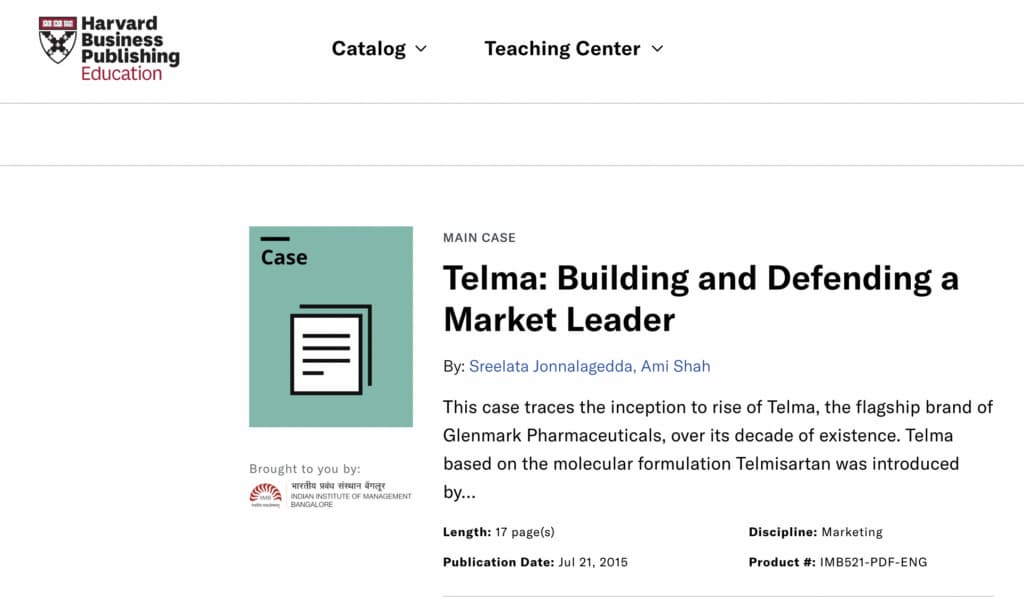The untold story of Glenmark’s phenomenal success in building a brand, Telma, which has 16 brand extensions and a combined turnover of Rs 1036 crore.
Glenmark’s Telma brand, which contains Telmisartan, has become well-known for treating hypertension and heart failure and preventing heart attacks and strokes.
The HBR case study traces the inception to the rise of Telma, the flagship brand of Glenmark Pharmaceuticals. Telma based on the molecular formulation Telmisartan was introduced by Glenmark in 2003 at a time when the most preferred and market-leading molecule for treating hypertension was Ramipril.
This case not only showcases the brand-building programs undertaken by Glenmark throughout Telma’s life but also traces the marketing efforts that go into creating a new category that would then go on to become the market leader. The case also introduces students to the evolving regulatory framework that has shaped the pharmaceutical marketing practices of generic manufacturers in India since independence.
Glenmark’s ability to quietly build Telma into an INR 1000 crore brand and get featured in the Harvard Business Review in 2015 (HBR) is likely a result of a strategic and well-executed plan.

While the specifics are confidential internal information, we can speculate on some contributing factors:
- Focus on a Niche Market: Glenmark likely identified a specific, underserved market segment with significant unmet needs. Focusing on this niche allowed them to concentrate resources and build a strong market position without significant direct competition from larger players.
- Long-Term Vision and Patient Strategy: Building a brand of this size requires significant investment and patience. Glenmark likely adopted a long-term perspective, prioritizing sustained growth and market penetration over rapid, short-term gains. This patient approach allowed for steady organic growth without needing heavy marketing or aggressive expansion.
- Effective R&D and Product Development: The success is likely rooted in superior product quality and performance. Glenmark’s investment in research and development probably led to innovative and effective products, meeting market demand and enhancing brand reputation.
- Strong Distribution Network: A well-established distribution network is critical for effectively reaching the target market. Glenmark likely prioritized building strong relationships with distributors and retailers to ensure widespread product availability.
- Strategic Partnerships: Collaboration with IIM Bangalore suggests a deliberate academic engagement strategy. This partnership likely provided valuable market insights, strategic guidance, and credibility, strengthening the brand’s reputation.
- Low-Key Marketing: This doesn’t necessarily mean no marketing but a carefully crafted strategy focusing on building trust and brand loyalty through word-of-mouth, relationships with healthcare professionals (HCPs), and targeted campaigns rather than broad, high-profile advertising.
- Data-Driven Approach: A data-driven approach to understanding consumer preferences and market dynamics allows for a more targeted and efficient use of resources. This would minimize waste and maximize impact.
Do share your thoughts…
A MedicinManAI Market Intelligence Report







